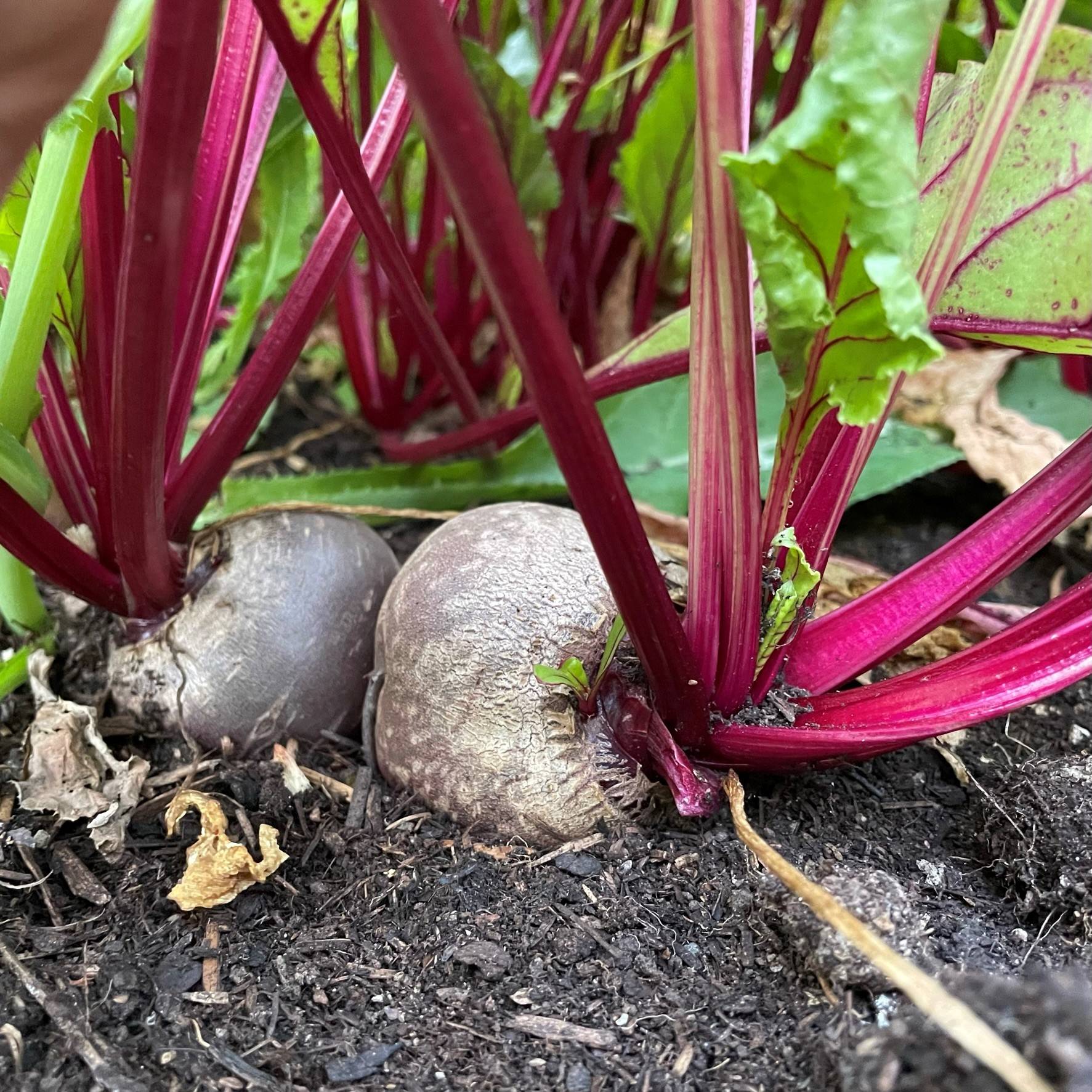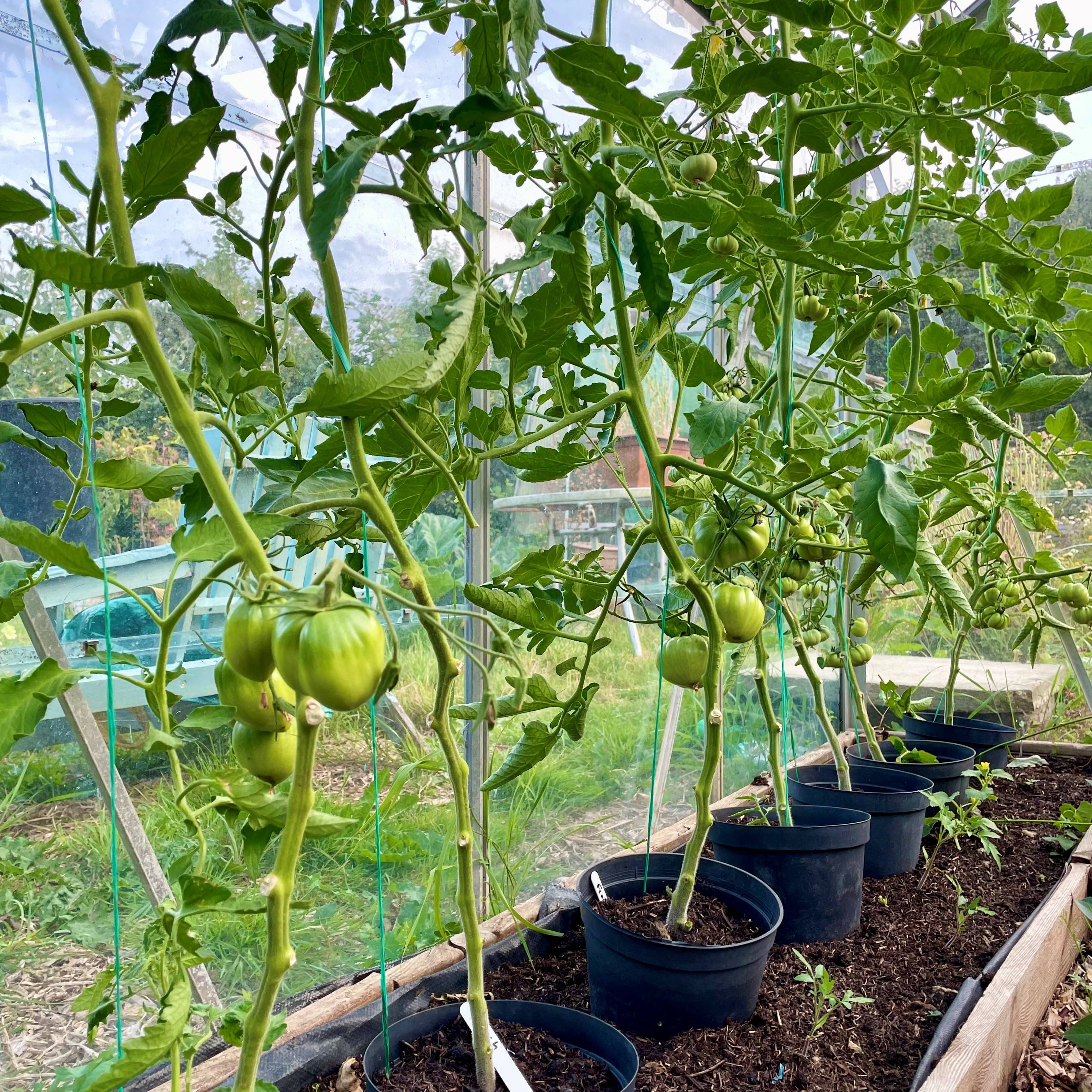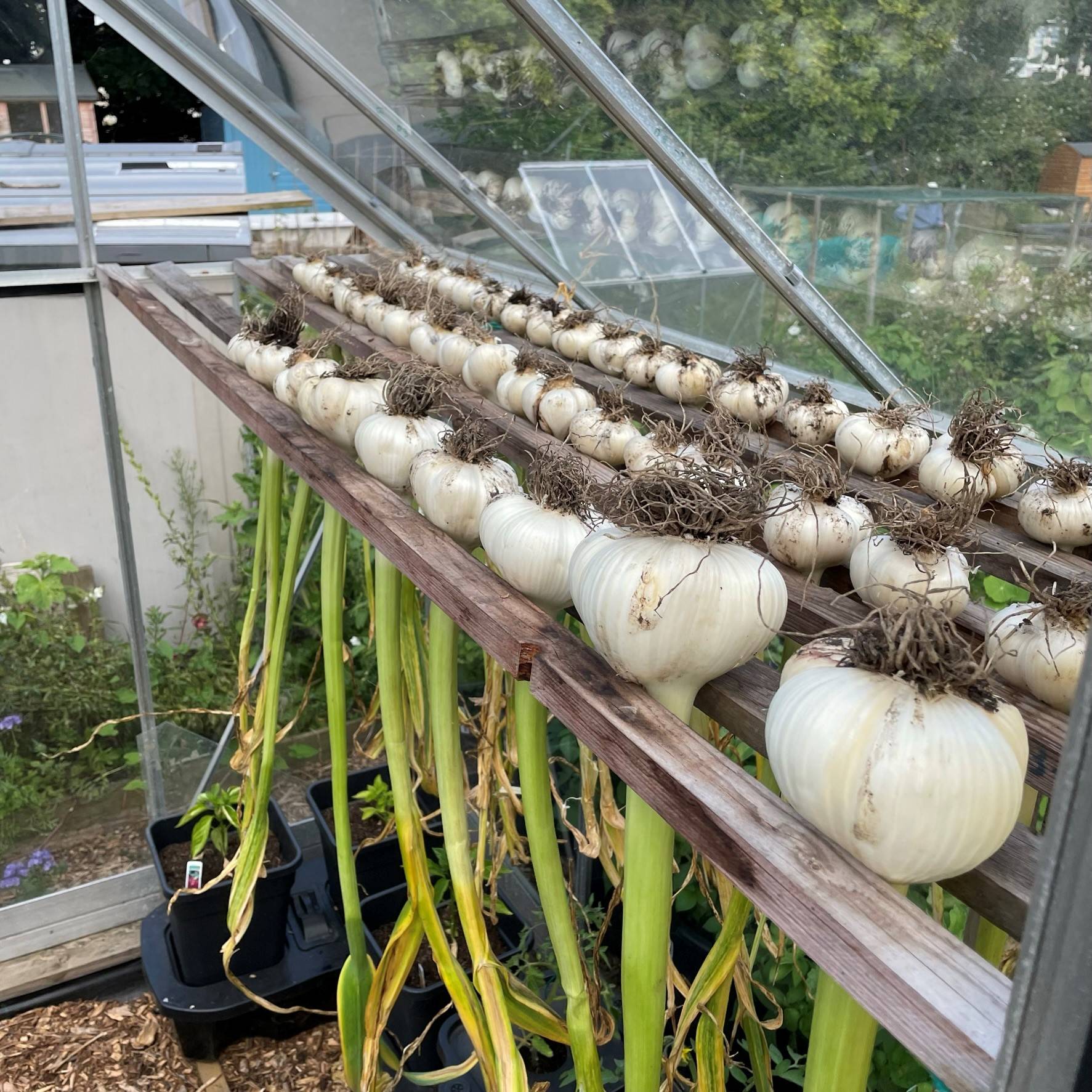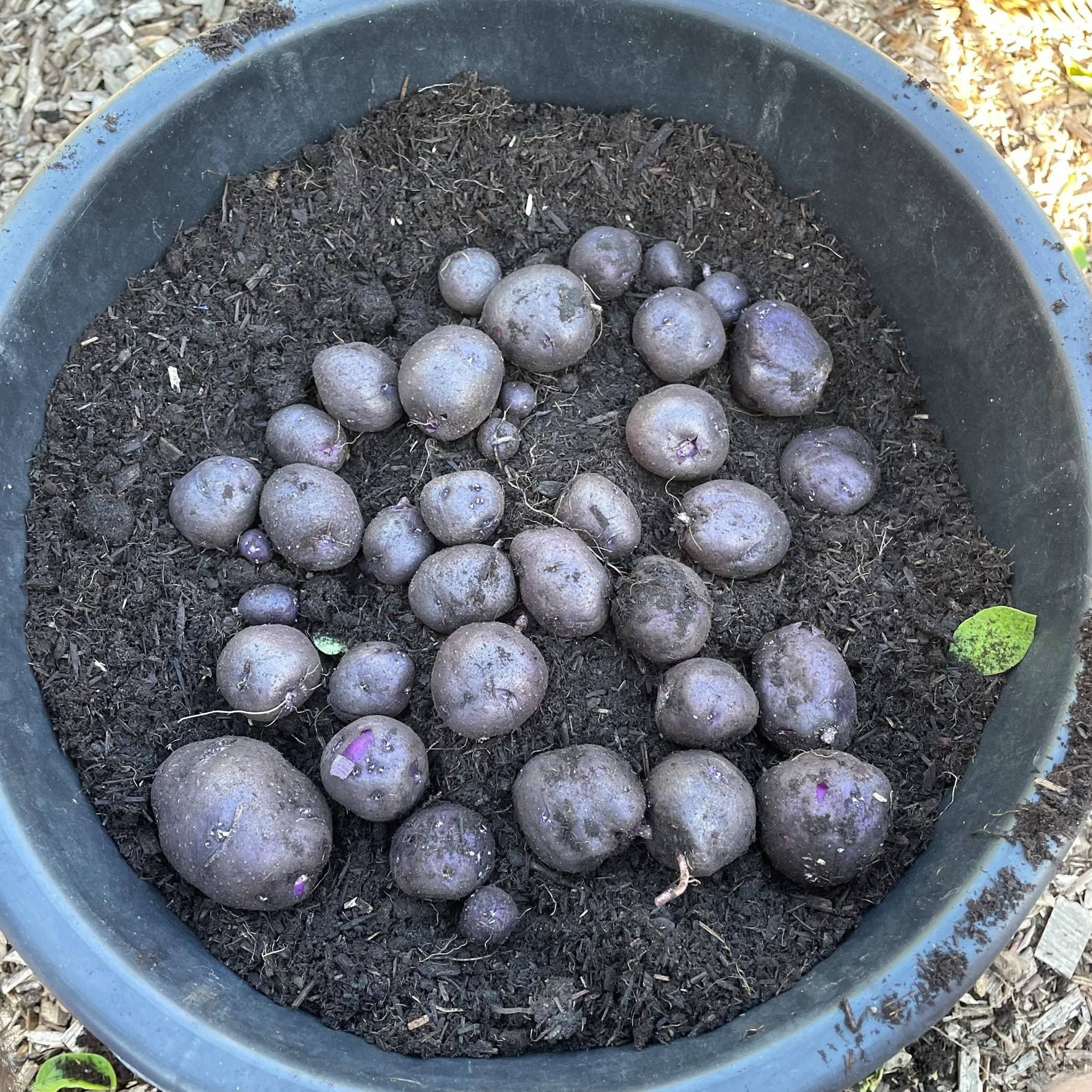July has certainly been a hot one and a great time to sit out and enjoy your garden. Plants still need to be kept looking good by regularly dead heading to enjoy a longer display of flowers. Keep any new plants especially well watered and remember to hoe off the weeds which will thrive in the sunshine. Furthermore, here's Ben Thornton's (aka The Young Grower) allotment advice for July...
Firstly, what can be sown this month?
As we go into summer, there is a vast number of seeds you can sow. Here is a list of seeds that you
can sow now:
Vegetables:
Beetroot, Beans, Carrots, Chicory, Lettuce, Kale, Kohlrabi, Salad Leaves, Spring
Onions, Cabbage, Turnip, Florence Fennel, Peas, Radish, Potatoes, Chard, Courgette, Perpetual
Spinach, Potatoes
Flowers:
Nasturtium, Wall Flowers, Fox Gloves, Delphiniums, Pansies
Herbs:
Basil, Rosemary, Coriander, Dill, Parsley, Chives
Deadheading
Regularly deadheading all flowers allows your plants to continue producing flowers throughout the
summer. By deadheading, it makes the plant think it hasn’t yet started to produce any seeds and
continuing this cycle will encourage more flowers to grow.
View this post on Instagram
Try growing multisown beetroot
One way to grow beetroot is by using the multisown method from Charles Dowding. It involves
sowing 3 to 4 seeds per module or pot and then planting them up as they are. This method allows
you to harvest the larger ones while leaving the smaller ones in place to continue to grow giving
you a continuous harvest. I only do one sowing of beetroot to take me through the year. Last year,
I was still harvesting in November until I cleared the bed for broad beans.

Tomato Side Shoots
If you grow vine tomatoes like myself, then you must regularly pinch out the side shoots of your
tomatoes. Side shooting refers to the small shoots that grow in between the leaf and main stem.
The side shoots will take the much-needed energy from producing fruit. Therefore, it is
recommended you constantly remove these side shoots as soon as they appear. You may have
heard them referred to as ‘suckers’ because they suck away the energy from producing fruit.

Don’t remove the broad bean roots
Once my broad beans have finished, I like to cut them down at the base of the stem leaving the
root in the ground. This will provide nitrogen to your soil. Broad beans are a member of the
Legume family, which produce nitrogen nodes at the roots and by leaving them in the ground your
compost will be the beneficiary of those much-needed nutrients.
Stop watering your garlic, onions and shallots a few days before harvest
This will allow the bulbs and onions to begin drying before harvest. Once the top of your onion
leaves flop over, this is a sign that the onions are nearly ready. Depending on your weather
conditions, you can leave them to dry on the surface of the soil or if you’re due wet weather it
would be best to bring them undercover to dry.

Harvest Second Early Potatoes
The average time for a second early potato to grow is 16-17 weeks after planting.
I normally like to wait until 17 weeks and once the leaves have started to die back that is the sign it
is harvest time. You can also plant more potatoes for an extended harvest and for Christmas.

Thanks for your time
Ben Thornton Aka The Young Grower
You can find Ben on Instagram, Facebook and YouTube or visit ben's website here.



























